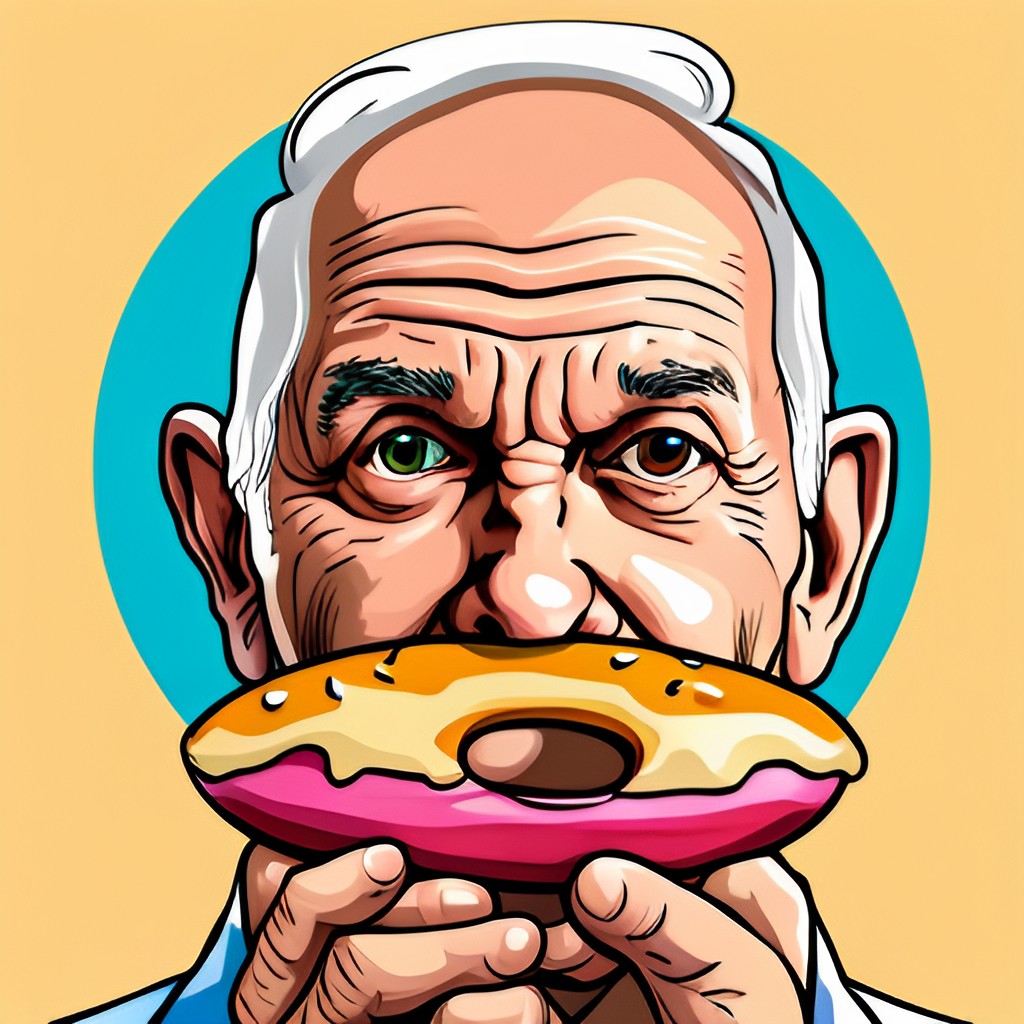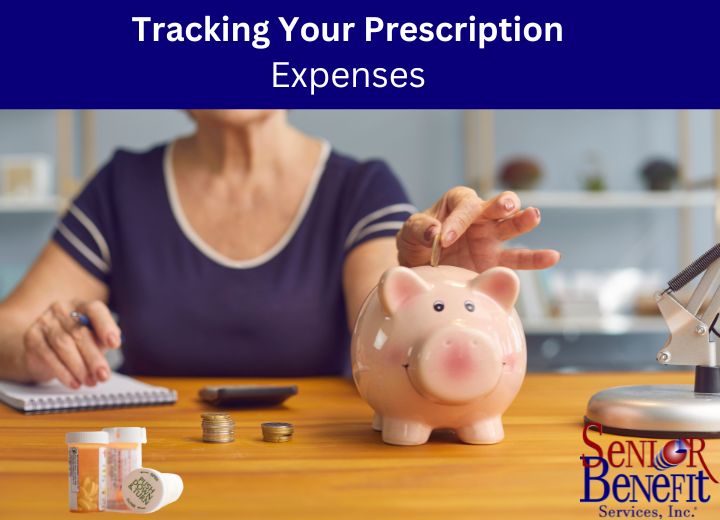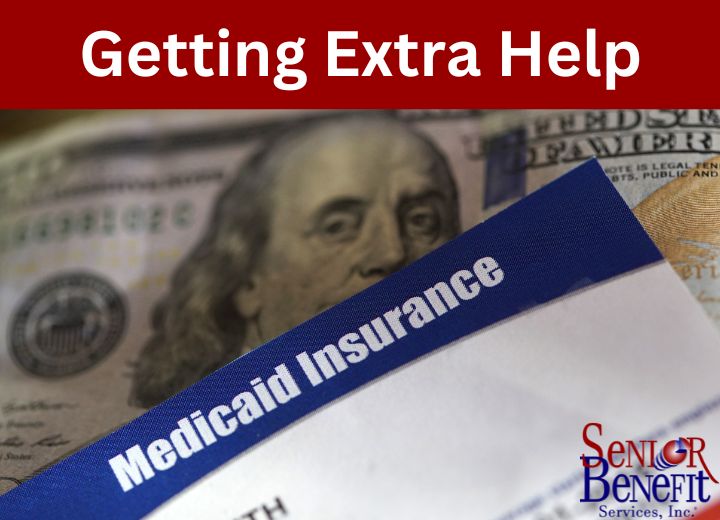

Is the Medicare Donut Hole closing? Here we are almost 17 years later and the donut hole still strikes fear into most retiree’s wallets. Is it the actual donut hole that worries most, or is it the unknown? I am willing to bet it is the unknown! Most retirees never receive the necessary information to properly understand the donut hole, determine if their current prescriptions would place them in it, and comprehend how their Part D prescription coverage functions. Let’s take the mystery out of it.

Before we discuss the infamous Medicare donut hole and its closing, lets go back to the beginning. In 2006 the Medicare Part D program went into effect. This was the likely one of the biggest changes to the Medicare program in almost 4 decades. Prior to Medicare Part D, seniors had very limited options for having any prescription drug coverage.
While the introduction of Medicare Part D was a financial lifesaver to many seniors, there were a number of Medicare beneficiaries that would use all their initial coverage benefits and enter the coverage gap, which many folks and the media started calling the ‘donut hole’. In 2007 (the first full year of the Medicare Part D program), a Medicare beneficiary would enter the donut hole after their drug costs of $2,400 was met (the amount paid by the beneficiary and the insurance company). At this point you were on the hook for 100% of the drug costs until you reached a total of $3,850 in out-of-pocket costs for the calendar year.
It wasn’t until you exceeded spending $3,850 of your own money that you would enter the catastrophic phase which reduced your costs down significantly.
The donut hole actually has been shrinking over the years and finally closed in 2020. Now seniors pay a percentage of the cost of brand-name and generic drugs during the coverage gap. A Medicare beneficiary does not enter the coverage gap until they along with their insurance plan have paid out a total of $4,660 in prescription costs.
Right now, you are likely saying to yourself “Whoa…wait a minute, you said the donut hole closed, but I am still paying 25%.” This can be a bit confusing but let me explain it a bit simpler. Prior to the donut hole closing you would pay 100% of the costs for the prescriptions during the coverage gap phase, but now you only pay 25%. That is a 75% reduction in your overall costs. The donut hole was just a way that folks described having to pay all the costs during the coverage gap.
What else has changed with the donut hole closing?
While the total amount of out-of-pocket spending during the coverage gap has increased over the years, the amount of your out-of-pocket expense being credited has increased. What this means is that while you might be paying 25% of the costs for a prescription, you are being credited with up to 95% of the actual costs towards getting out of the coverage gap.
Here is an example that will better illustrate the expenses in the coverage gap.
Let’s say that when you enter the coverage gap the retail price for one of your brand-name prescription drugs is $100. During the coverage gap the insurance plan you have may only pay $5, but you are only charged $25. The other $70 will be covered by the drug manufacturer’s discount they are required to pay during the coverage gap phase.

The good news is that you as an individual do not have to track when you enter any of the 4 phases.
The Medicare Part D prescription drug plan you enrolled in for that calendar year must track this mandatory requirement for you.
The Medicare Advantage plan will track the same information for you as listed above. Just like a stand-alone prescription drug plan, these plans have a coverage gap but with the closed Medicare donut hole. Remember, you cannot combine a Medicare Advantage plan with integrated drug benefits and a separate Medicare Part D drug plan.

The Part D low-income subsidy program can reduce or even eliminate out-of-pocket costs. This of course depends on what level of extra help you qualify for.
If you qualify for full extra help, then:
If you qualify for partial extra help, then:
Starting in 2024 more folks will qualify for full extra help. If you meet the partial extra help income caps you’ll likely qualify for full extra help starting in 2024. Additionally in certain states there may be a premium subsidy for Medicare Part D plans.
When you are a Medicare Supplement client through us, our advisors happily assist with Medicare Part D plans each year. Not a Medicare Supplement client with us yet? Give us a call at (800)924-4727 to see if we can lower your current Medicare Supplement/Medigap monthly premiums. Want a quote now? Simply click on the button below to get a NO COST or obligation quote.